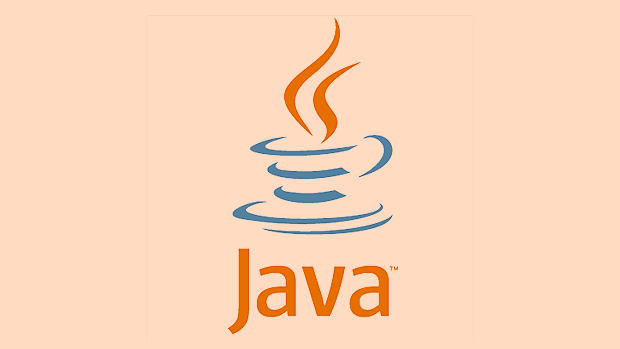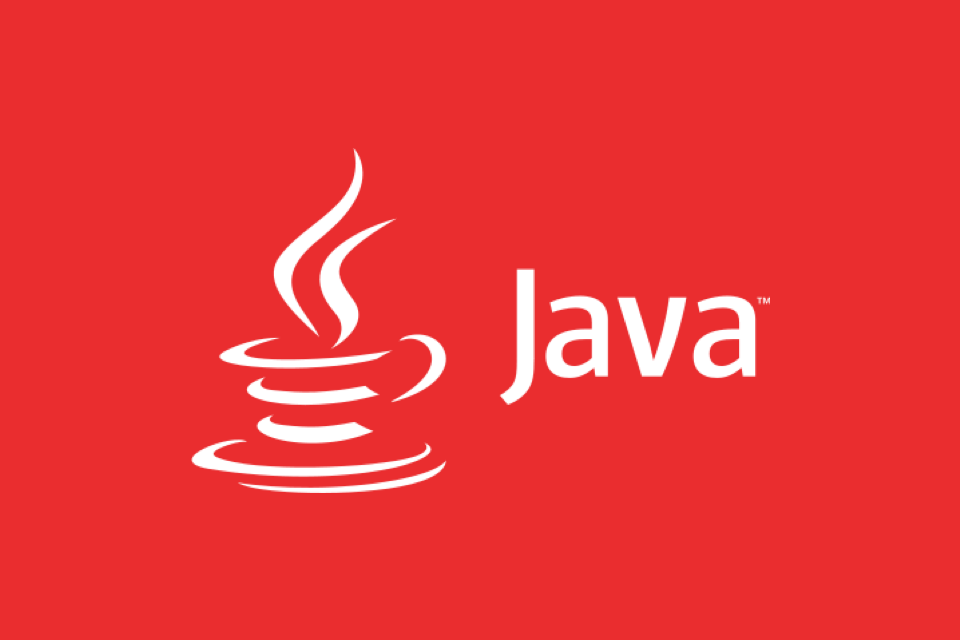Java garbage collection (GC) is a mechanism by which JVM automatically manages memory, avoiding manual memory management by identifying and freeing objects that are no longer in use. 1. GC uses accessibility analysis to judge the survival of objects, with the heap as the main recycling area; 2. Java heap is divided into the Chronicle and the Elderly. The Chronicle includes the Eden area and the two Survivor areas. Most objects are allocated in the Eden area. Minor GC cleans up the area and copy the surviving objects to the Survivor area. Long-term surviving objects enter the old age; 3. Mainstream GC algorithms include mark-clearing, copying (for the Chronicle), mark-tissue (for the elderly); 4. Commonly used collectors include Serial GC, Parallel Scavenge, CMS, G1 and ZGC/Shenandoah, which are suitable for different scenarios respectively; 5. GC performance can be monitored through jstat, GC logs, and visualization tools, and tuned by adjusting the heap size, selecting a suitable collector, reducing temporary object creation, and controlling large objects to enter the old age. Mastering the GC mechanism can help solve problems such as memory leaks, frequent Full GC and long pauses, thereby improving the performance and stability of Java applications.

Java's Garbage Collection (GC) mechanism is the core of its automatic memory management. Many developers know that Java does not need to manually release memory, but they don’t have a deep understanding of how GC works, when it triggers, and how it affects program performance. If you encounter memory leaks, frequent Full GC or long pauses during development, it becomes very critical to understand the GC process.

What is Java garbage collection?
Simply put, Java garbage collection is the JVM automatically recognizes objects that are no longer used and frees up the memory space they occupy. This process mainly occurs on the heap. JVM uses Reachability Analysis to determine which objects are "living" and which are "dead". The so-called "dead" object is an object that is not referenced by any active thread or GC Roots.

Common GC Roots include:
- Objects referenced in the virtual machine stack
- Class static attribute references in the method area
- Constant references
- Object referenced by JNI (Native method) in the local method stack
Brief description of Java heap memory structure
Java heaps are usually divided into two main regions: Young Generation and Old Generation.
The Ceponymous generation is divided into Eden area and two Survivor areas (S0 and S1). Most newly created objects are assigned to the Eden area. When the Eden area is full, Minor GC will be triggered once. The surviving object is copied to one of the Survivor areas. Those who survive after multiple GCs will be promoted to the old age.

This generational design is designed to improve GC efficiency. Because most objects have a short life cycle, Minor GC frequency is high but fast; while the survival rate of elderly objects is high, GC frequency is low but takes a long time.
Common garbage collection algorithms and collectors
Currently there are three mainstream GC algorithms:
- Mark-Sweep : First mark all objects that need to be recycled, and then clean them up uniformly. The disadvantage is that it will generate memory fragmentation.
- Copying : Divide the memory into two pieces, using only one piece at a time. When GC, copy the surviving object to another block and clear the original area. Suitable for the new generation.
- Mark-Compact : combines the advantages of the first two. After marking, instead of clearing it directly, it moves the surviving object to one end and then cleans up memory outside the boundary. Suitable for the elderly.
Commonly used GC collectors for modern JVMs include:
- Serial GC: Single threaded, suitable for client mode
- Parallel Scavenge: multi-threading, focusing on throughput
- CMS (Concurrent Mark Sweep): Low latency, suitable for response time-sensitive applications
- G1 (Garbage First): Partition management, taking into account both throughput and latency
- ZGC/Shenandoah: A new generation of GC with ultra-low latency
How to monitor and tune GC performance?
If you find that the application has lag and the response is slow, you can check the GC status in the following ways:
- Use
jstat -gc <pid></pid>command to view GC frequency and time consumption - Add JVM parameters
-XX: PrintGCDetails -XX: PrintGCDateStampsoutput GC log - Monitor with visualization tools such as VisualVM, JConsole, or Prometheus Grafana
Tuning suggestions:
- Set the heap size reasonably to avoid frequent GCs due to too small. Too large may increase the time-consuming of Full GCs.
- Select the appropriate GC collector according to the application characteristics
- Avoid frequent creation of temporary objects and reduce Minor GC pressure
- Pay attention to the problem of large objects entering the old age directly, and adjust the threshold appropriately (
-XX:PretenureSizeThreshold) - If you frequently have Full GC, it may be a memory leak. Use MAT and other tools to analyze the heap dump (heap dump)
Basically that's it. Although the GC mechanism is complex, as long as you master the basic principles and common problem detection methods, you can effectively improve the stability and performance of Java applications.
The above is the detailed content of Understanding Java Garbage Collection Processes. For more information, please follow other related articles on the PHP Chinese website!

Hot AI Tools

Undress AI Tool
Undress images for free

Undresser.AI Undress
AI-powered app for creating realistic nude photos

AI Clothes Remover
Online AI tool for removing clothes from photos.

Clothoff.io
AI clothes remover

Video Face Swap
Swap faces in any video effortlessly with our completely free AI face swap tool!

Hot Article

Hot Tools

Notepad++7.3.1
Easy-to-use and free code editor

SublimeText3 Chinese version
Chinese version, very easy to use

Zend Studio 13.0.1
Powerful PHP integrated development environment

Dreamweaver CS6
Visual web development tools

SublimeText3 Mac version
God-level code editing software (SublimeText3)

Hot Topics
 Difference between HashMap and Hashtable?
Jun 24, 2025 pm 09:41 PM
Difference between HashMap and Hashtable?
Jun 24, 2025 pm 09:41 PM
The difference between HashMap and Hashtable is mainly reflected in thread safety, null value support and performance. 1. In terms of thread safety, Hashtable is thread-safe, and its methods are mostly synchronous methods, while HashMap does not perform synchronization processing, which is not thread-safe; 2. In terms of null value support, HashMap allows one null key and multiple null values, while Hashtable does not allow null keys or values, otherwise a NullPointerException will be thrown; 3. In terms of performance, HashMap is more efficient because there is no synchronization mechanism, and Hashtable has a low locking performance for each operation. It is recommended to use ConcurrentHashMap instead.
 What are static methods in interfaces?
Jun 24, 2025 pm 10:57 PM
What are static methods in interfaces?
Jun 24, 2025 pm 10:57 PM
StaticmethodsininterfaceswereintroducedinJava8toallowutilityfunctionswithintheinterfaceitself.BeforeJava8,suchfunctionsrequiredseparatehelperclasses,leadingtodisorganizedcode.Now,staticmethodsprovidethreekeybenefits:1)theyenableutilitymethodsdirectly
 How does JIT compiler optimize code?
Jun 24, 2025 pm 10:45 PM
How does JIT compiler optimize code?
Jun 24, 2025 pm 10:45 PM
The JIT compiler optimizes code through four methods: method inline, hot spot detection and compilation, type speculation and devirtualization, and redundant operation elimination. 1. Method inline reduces call overhead and inserts frequently called small methods directly into the call; 2. Hot spot detection and high-frequency code execution and centrally optimize it to save resources; 3. Type speculation collects runtime type information to achieve devirtualization calls, improving efficiency; 4. Redundant operations eliminate useless calculations and inspections based on operational data deletion, enhancing performance.
 What is an instance initializer block?
Jun 25, 2025 pm 12:21 PM
What is an instance initializer block?
Jun 25, 2025 pm 12:21 PM
Instance initialization blocks are used in Java to run initialization logic when creating objects, which are executed before the constructor. It is suitable for scenarios where multiple constructors share initialization code, complex field initialization, or anonymous class initialization scenarios. Unlike static initialization blocks, it is executed every time it is instantiated, while static initialization blocks only run once when the class is loaded.
 What is the Factory pattern?
Jun 24, 2025 pm 11:29 PM
What is the Factory pattern?
Jun 24, 2025 pm 11:29 PM
Factory mode is used to encapsulate object creation logic, making the code more flexible, easy to maintain, and loosely coupled. The core answer is: by centrally managing object creation logic, hiding implementation details, and supporting the creation of multiple related objects. The specific description is as follows: the factory mode handes object creation to a special factory class or method for processing, avoiding the use of newClass() directly; it is suitable for scenarios where multiple types of related objects are created, creation logic may change, and implementation details need to be hidden; for example, in the payment processor, Stripe, PayPal and other instances are created through factories; its implementation includes the object returned by the factory class based on input parameters, and all objects realize a common interface; common variants include simple factories, factory methods and abstract factories, which are suitable for different complexities.
 What is the `final` keyword for variables?
Jun 24, 2025 pm 07:29 PM
What is the `final` keyword for variables?
Jun 24, 2025 pm 07:29 PM
InJava,thefinalkeywordpreventsavariable’svaluefrombeingchangedafterassignment,butitsbehaviordiffersforprimitivesandobjectreferences.Forprimitivevariables,finalmakesthevalueconstant,asinfinalintMAX_SPEED=100;wherereassignmentcausesanerror.Forobjectref
 What is type casting?
Jun 24, 2025 pm 11:09 PM
What is type casting?
Jun 24, 2025 pm 11:09 PM
There are two types of conversion: implicit and explicit. 1. Implicit conversion occurs automatically, such as converting int to double; 2. Explicit conversion requires manual operation, such as using (int)myDouble. A case where type conversion is required includes processing user input, mathematical operations, or passing different types of values ??between functions. Issues that need to be noted are: turning floating-point numbers into integers will truncate the fractional part, turning large types into small types may lead to data loss, and some languages ??do not allow direct conversion of specific types. A proper understanding of language conversion rules helps avoid errors.
 Why do we need wrapper classes?
Jun 28, 2025 am 01:01 AM
Why do we need wrapper classes?
Jun 28, 2025 am 01:01 AM
Java uses wrapper classes because basic data types cannot directly participate in object-oriented operations, and object forms are often required in actual needs; 1. Collection classes can only store objects, such as Lists use automatic boxing to store numerical values; 2. Generics do not support basic types, and packaging classes must be used as type parameters; 3. Packaging classes can represent null values ??to distinguish unset or missing data; 4. Packaging classes provide practical methods such as string conversion to facilitate data parsing and processing, so in scenarios where these characteristics are needed, packaging classes are indispensable.






